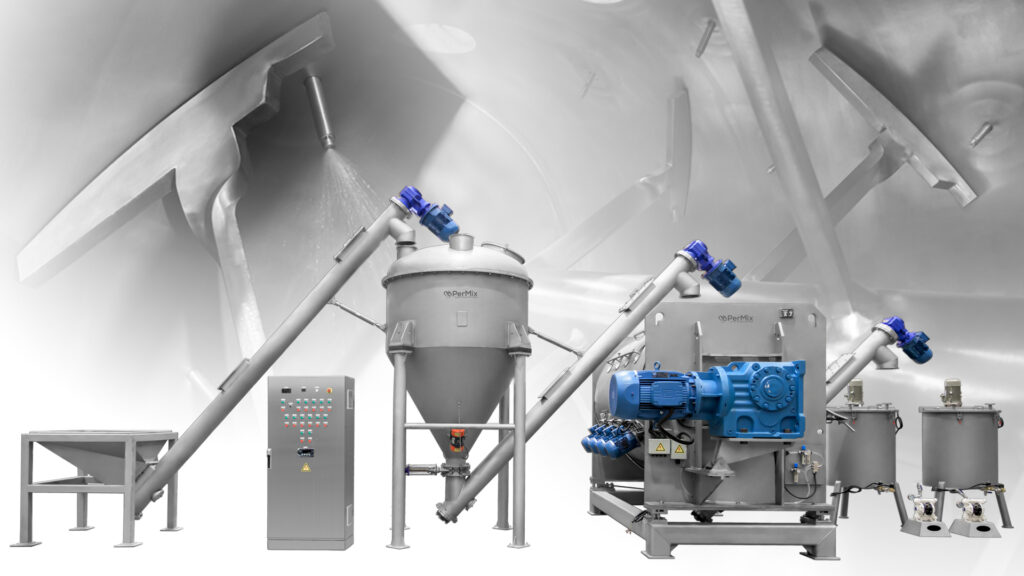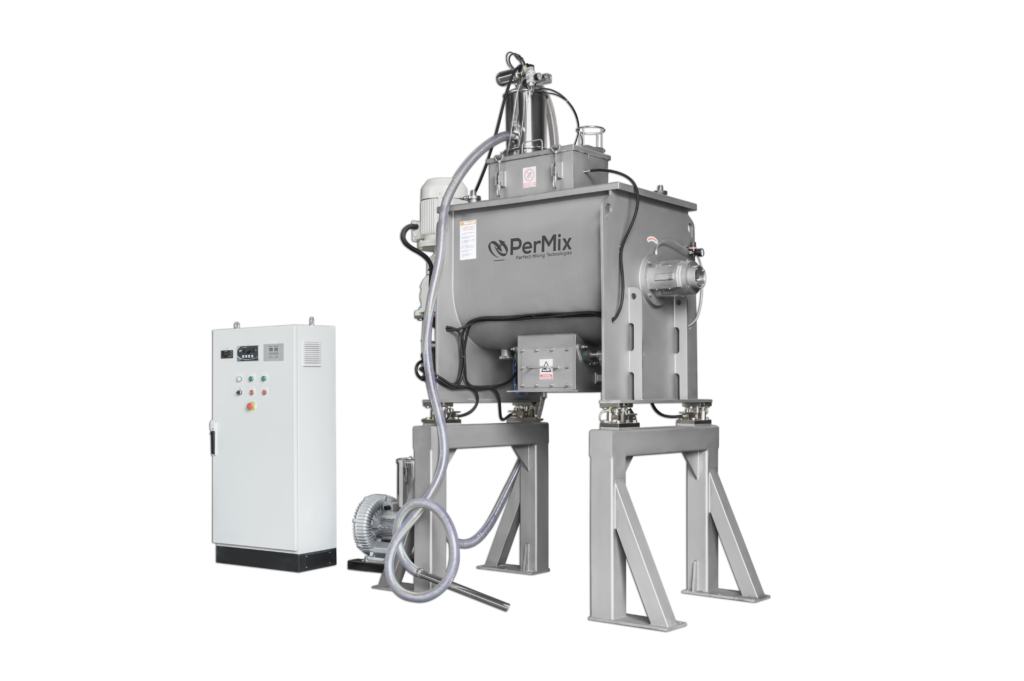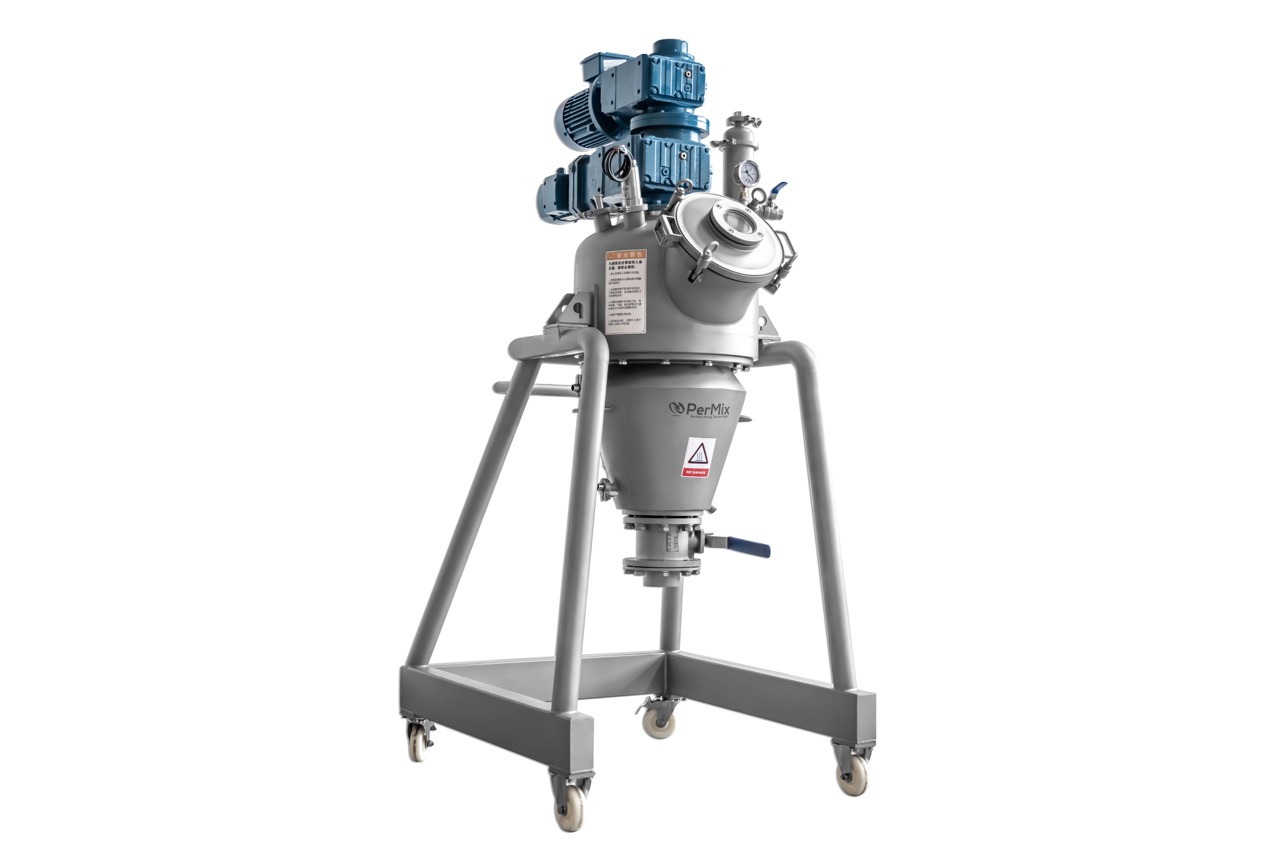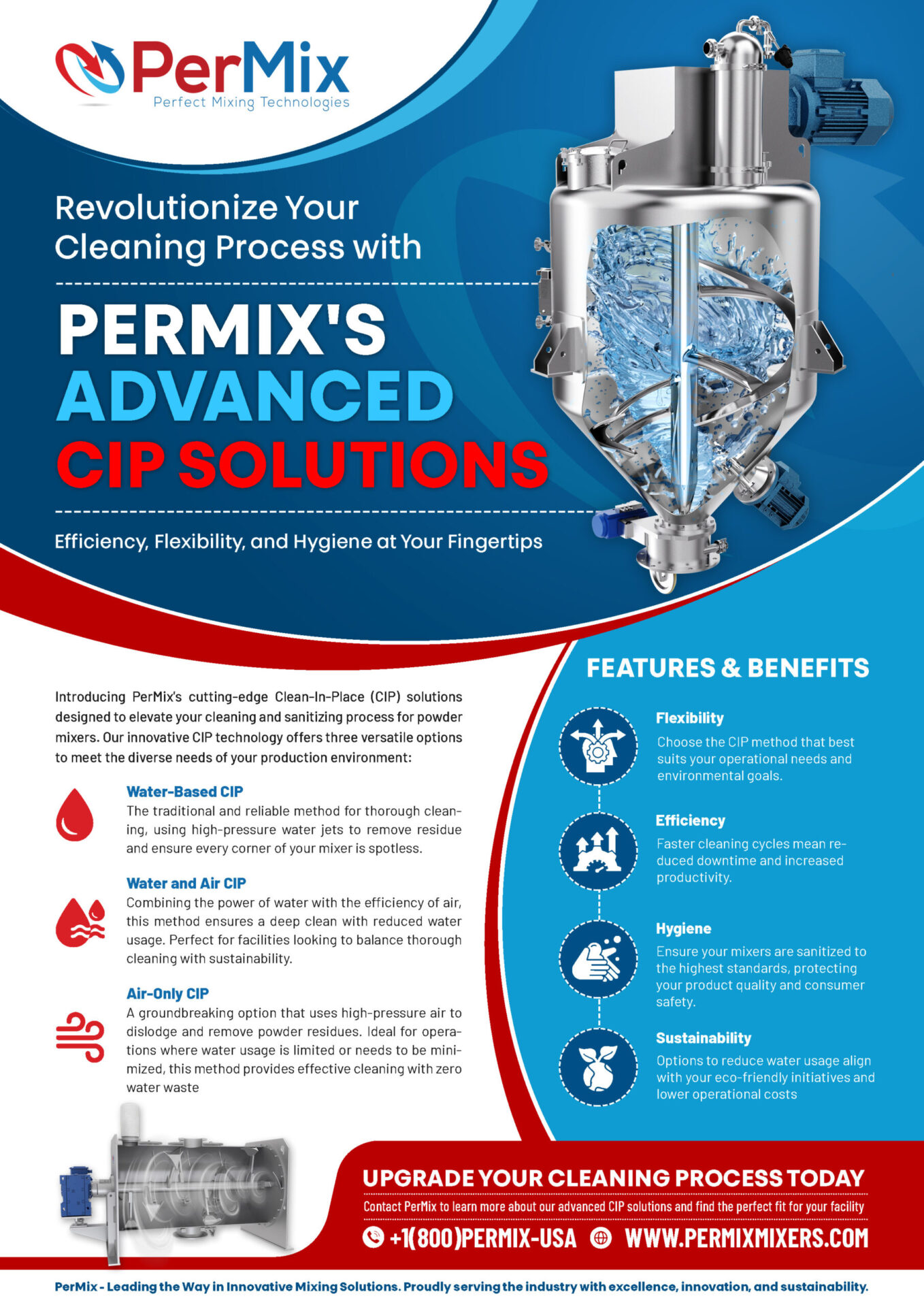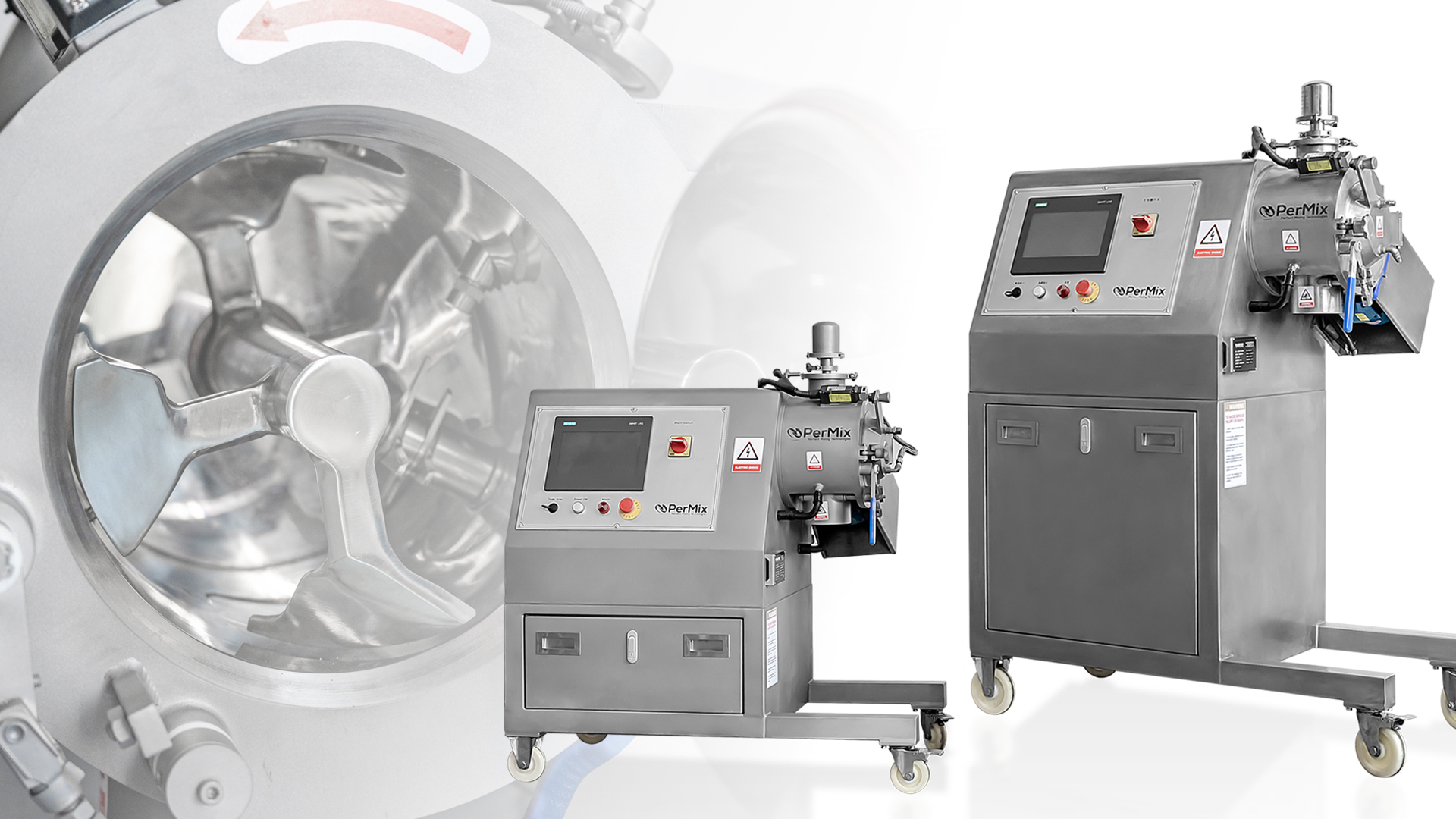
Various Ways To Convey Powders To Load Mixers And Which One Is Right For Your Application
Various Ways To Convey Powders To Load Mixers And Which One Is Right For Your Application
Various Ways To Convey Powders To Load Mixers And Which One Is Right For Your Application
When it comes to conveying powders to load mixers, there are several methods available that can suit different applications. In this article, we will explore the various ways and discuss which one is the most suitable for your specific needs.
1. Pneumatic Conveying
Pneumatic conveying is a popular method that utilizes air pressure to transport powders through a pipeline system. It is efficient, fast, and suitable for both short and long distances. This method offers flexibility in terms of routing and can handle various types of powders. The are a few drawbacks to pneumatic conveying though so you have to weigh the advantages. First, there is extra costs associated with piping. Second, cleaning presents an issue especially between batches that involve allergens. Another issue that presents itself is product loss.
2. Screw Conveyors
Screw conveyors, also known as auger conveyors, are another common choice for powder conveying. They use a rotating helical screw blade to move powders along a trough. This method is known for its reliability and versatility in handling different powder types and volumes. They are easy to clean and minimize product loss. Screw conveyors, as with others, have some issues that come with it. Although versatile and flexible, screw conveyors are slightly slower than pneumatic conveying.
Screw conveyors do offer several configuration styles & types such as a simple inclined with a hopper, to a gain-in-weight or loss-in-weight.
3. Bucket Elevators
Bucket elevators are vertical systems that use buckets attached to a belt or chain to transport powders vertically. They are ideal for situations where vertical movement is required, such as loading mixers on higher floors. This method is efficient and can handle powders of various sizes and densities. It is also very fast and they are easy to clean. Product loss is minimized however the buckets are open to airborne pathogens and may also create dust.
4. Belt Conveyors
Belt conveyors are widely used in various industries for powder conveying. They consist of a continuous belt that moves powders along a flat or inclined surface. This method is suitable for long-distance transportation and offers the advantage of gentle handling to prevent powder degradation.
5. Vacuum Conveying
Vacuum conveying relies on the suction created by a vacuum pump to transport powders through a pipeline system. It is a low-maintenance method that allows for clean and dust-free powder transfer. This method is often used in industries where hygiene and containment are crucial. Like pneumatic conveying, there are a few drawbacks to vacuum conveying though so you have to weigh the advantages here too. First, there is extra costs associated with piping. Second, cleaning presents an issue especially between batches that involve allergens. Another issue that presents itself is product loss.
6. Direct Loading
Direct loading such as with a bag dump station is another option that is slower but it has many advantages. It minimizes product loss and allows the optimal versatility when it comes to batching and ingredients. It is very easy to clean between batches, even with allergens, and it has a low cost of maintenance associated with its operation. It is also very efficient in regards to energy consumption. Many bag dump stations integrate a dust collection system as well as a screener/sifter so pre-condition ingredients and eliminating lumps, bumps, and clumps is also achieved during this stage.
Choosing the right method for conveying powders to load mixers depends on various factors such as the type of powder, required throughput, distance, and specific application requirements. It is essential to consider these factors to ensure efficient and reliable powder transfer.
In conclusion, by understanding the various ways to convey powders to load mixers and their respective advantages, you can make an informed decision on which method is most suitable for your application. Whether it’s pneumatic conveying, screw conveyors, bucket elevators, belt conveyors, or vacuum conveying, each method has its own benefits and considerations. Evaluate your needs and consult with experts to determine the best option for your powder conveying requirements.
Remember, choosing the right method can significantly impact the efficiency and effectiveness of your powder conveying process.
